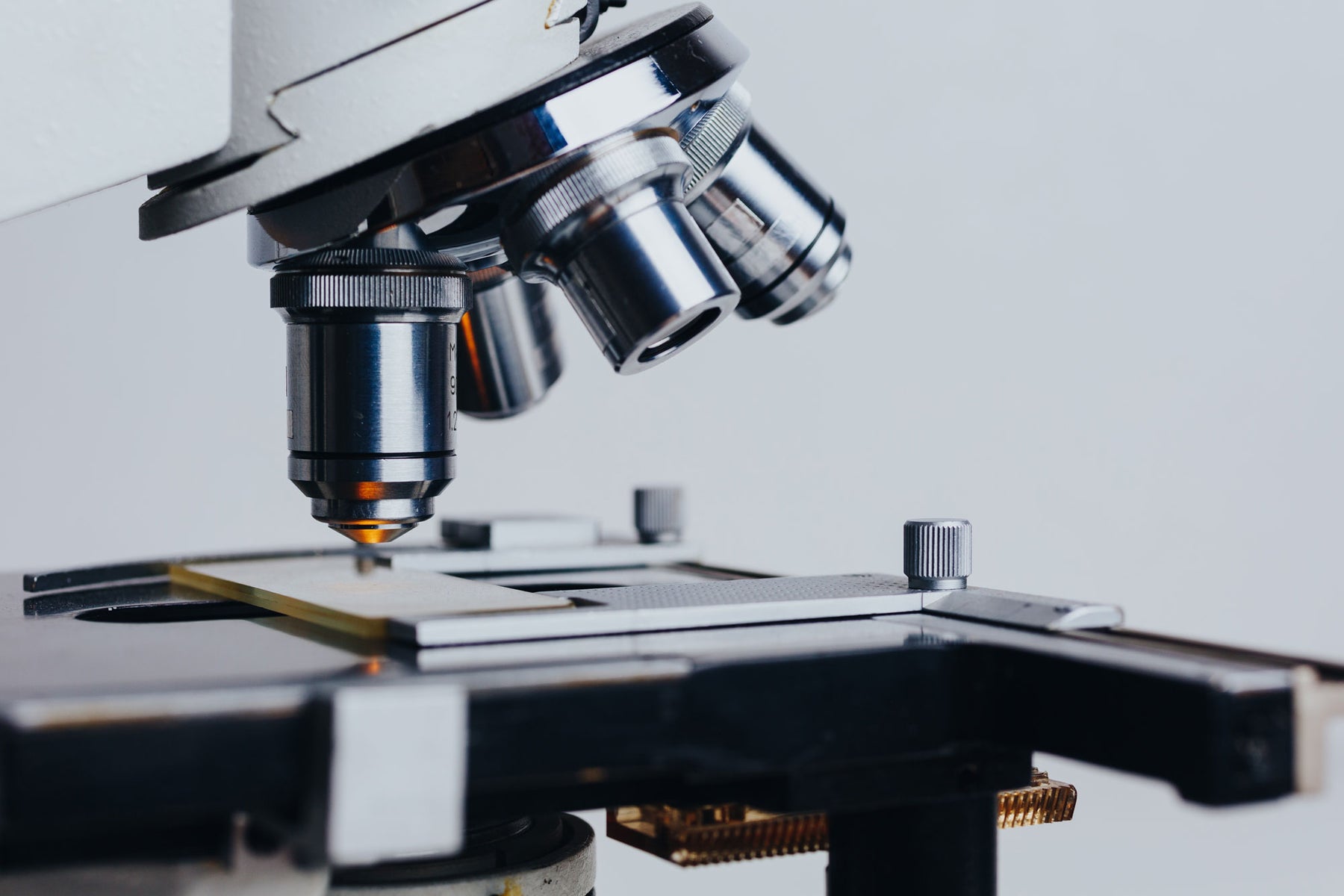
How to look after your microscope and avoid repairs
A microscope is more than a tool. Treated with care and respect, this delicate piece of equipment will carry you through decades of professional service.
Here are some general tips to help you keep your microscope in top condition.
Handling
You can do a quite a bit of damage just by moving your microscope carelessly.
When you pick up your microscope, use both hands and make sure to hold it only by the base and the back arm. If you try to carry it by the eyepiece or the stage, there’s a good chance you’ll pull the microscope out of alignment.
Storage
Where and how you store your microscope can have a big impact on both your image quality and your wallet.
When your microscope isn’t in use, keep it protected with a fitted dust cover. Dust and dirt can ruin good images. Similarly, you should try to keep your microscope in a clean, dry area.
Moist and humid environments can corrode your instrument or allow mould to grow, while airborne contaminants like salty air or chemical fumes can damage the microscope. Prolonged sun exposure can also cause problems over time.
Lens care
An objective lens is the heart of your microscope and needs to be treated with care.
The most common issue is accidentally ramming a specimen slide into the lens when using high magnifications. Always remember to use only the fine focus for adjustments when using objectives above 40x.
Avoid dunking your lens in your specimens or samples as it can dirty, damage or contaminate your microscope.
When cleaning the lenses, be sure to use only approved cleaning solutions and materials or you could permanently damage your lens and microscope.

Microscope Optics Cleaning Kit
Immersion oil
If you use higher magnification oil objectives, you will inevitably use immersion oil. While immersion oil is a crucial part of microscopy, if mishandled it can also damage your microscope.
Be sure to clean the oil off your lens using lens paper immediately after use. Left too long, the oil will dry and solidify, making it harder to remove and accumulating dust and particulates that will impair your image quality. If you leave it untended for long enough, the oil will even start to degrade your lenses.
Be sure to use only lens paper to wipe off the immersion oil. Common substitutes like tissues, cloths and paper towels are too coarse and could easily scratch the lenses.
How to clean immersion oil from your 100x objective lens
Professional service
Unless you’re a qualified technician or a genuine enthusiast, there are limits to what you can do to keep your microscope in good working order.
So a periodic service by a reputable professional is recommended. They will clean, inspect, realign and lubricate all the components of your microscope and diagnose any problems.
It is a small expense that will greatly extend the working life of your instrument.
